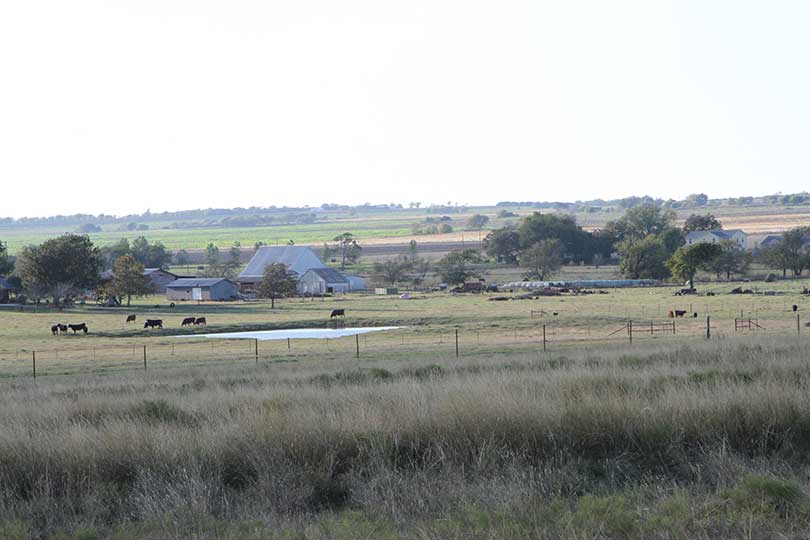Farmers are borrowing more to pay bills, repayment rates are falling and the number of bankers requesting additional collateral is the highest in 25 years, according to Bloomberg.
A global surplus has forced commodity prices and farm income into the longest slump in almost 40 years. But the farm economy hasn’t experienced a debt crisis like in the 1980s, because interest rates have remained low.
“If we don’t get rampant inflation and we don’t get skyrocketing interest rates, this is just going to be a speed bump and adjustment,” Jason Henderson, associate dean and head of Extension at Purdue University, told Successful Farming.
Farmers with enough collateral will be able to weather low prices, according to Henderson. He said the difference between today and the 1980s is the Federal Reserve’s tighter monetary policy that raised interest rates came at a time of high inflation, which isn’t the case now.
Farm debt in 2016 will be five times larger than net income, up for a third straight year, according to USDA data.
“Unquestionably, some farmers are not going to make it,” Dan Kowalski, director of research at CoBank, told Bloomberg. “If they made aggressive growth decisions and did it with debt, that won’t work out well. Credit quality is starting to slip on the farm and smaller agricultural businesses. Bankers are asking if they have the cash flow to pay bills.”
Farm income is down 42 percent from a record in 2013, USDA data shows.
Rural lenders surveyed by The Federal Reserve Bank of Kansas City are seeing an erosion of financial health and credit conditions for crop and livestock farmers in a seven-state region from Missouri to Colorado.
“We continue to see deterioration in general in credit conditions, repayment rates, liquidity farm income, all of those measures that would kind of be wrapped up in the general financial picture for farm borrowers,” Nathan Kauffman, assistant vice president at the Omaha Branch of the Kansas City Fed, told Bloomberg.
About 60 percent of total farm loans have been used this year to finance operating expenses such as seed, fertilizer, animal feed and land rent, the Kansas City Fed said.
On Nov. 9, USDA said inventories of corn, wheat and soybeans will rise 38 percent. And 79 percent of farmers surveyed by Purdue University said they expect bad times over the next 12 months.
“Fortunately, most farmers understood the cyclical nature of commodities,” Kowalski said. “There is an opportunity coming for those producers who played the boom period conservatively.”


We hope you had a good harvest this Fall